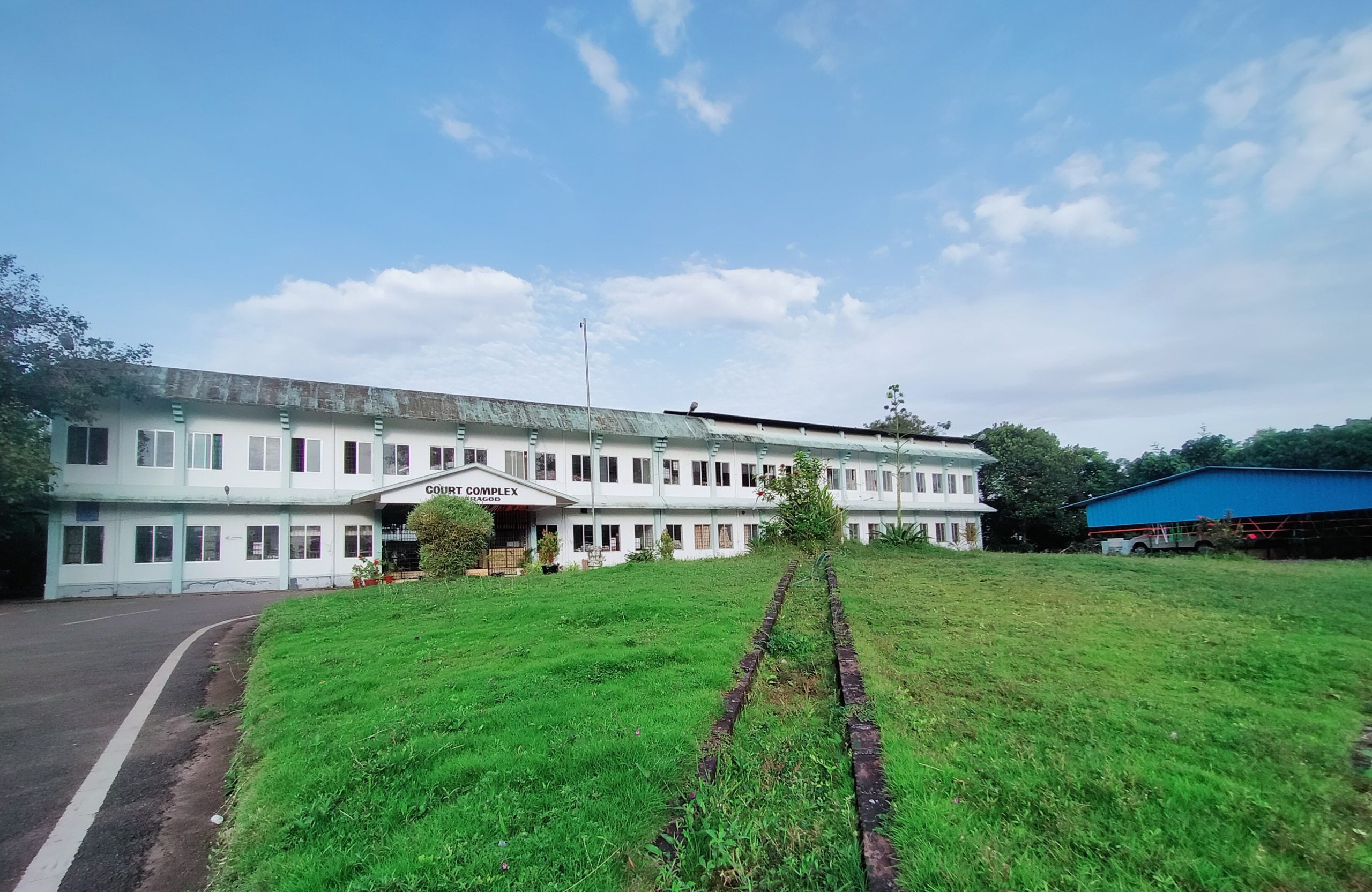History
Kasaragod district, which is located at the northern end of Kerala, was formed on 24th May, 1984. The District formed on the basis of the order of 19.05.1984 of GO (MS) number 520/84 / RD, comprising of Hosdurg and Kasaragod taluks which were part of undivided Kannur District. In the east the district is Kodagu and Dakshina Kannada districts of Karnataka, the Arabian Sea in the west, and the Kannada District of Karnataka in the north. The district is bounded by the Kannur district.
Kasaragod is a place where human settlements are from the Great Stone Age. Located in the Chenkal areas in midlands of the district. Pottery, copper, and ancient ironworks provide hints for ancient humans who lived and worship agriculture and nature. Korangar, Malakkudi, Mavilar, Koppalar and Malavattu are the tribes only seen in Kasargod.Tribal people like Velan, Kadaan, Narasanar, Madigar, Bakur, Moger and Pulaiyar are also found in the district as generations of their tribal forefathers . Some places and places of worship show that the Buddhist and Jainism of the Adi Tribes had dominated places of worship.
Historians see that Vedic religion entered Kerala through Konkan and Tulu. The influence of the Vedic religion was stronger by the time of Sankaracharya. The Madhavacharya and the three-prince scholars from Koodlu Upadhippi, near Kasaragod are also part of the Dwaita-Advaita dialog. Koodlu originated from the word Kootil. Anantha Padmanabhaswamy temple in Ananthapuram near Kumbala is the only lake temple in Kerala. The temple is considered as the Moolasthana (place of origin ) of the Sri Padmanabha Swamy Temple. Ananthapuram Temple is also known as Swamy Thapassan.
Many Arab travellers, who came to Kerala between 9th and 14th centuries A.D., visited Kasargod as it was then an important trade centre. They called this area Harkwillia. Mr.Barbose, the Portuguese traveller,who visited Kumbla near Kasargod in 1514, had recorded that rice was exported to Male Island whence coir was imported. Dr.Fracis Buccanan, who was the family doctor of Lord Wellesly, visited Kasargod in 1800. In his travelogue, he has included information on the political and communal set-up in places like Athiparamba, Kavvai, Nileshwar, Bekkal, Chandragiri and Manjeshwar.
Kasargod was part of the Kumbala Kingdom in which there were 64 Tulu and Malayalam villages.


